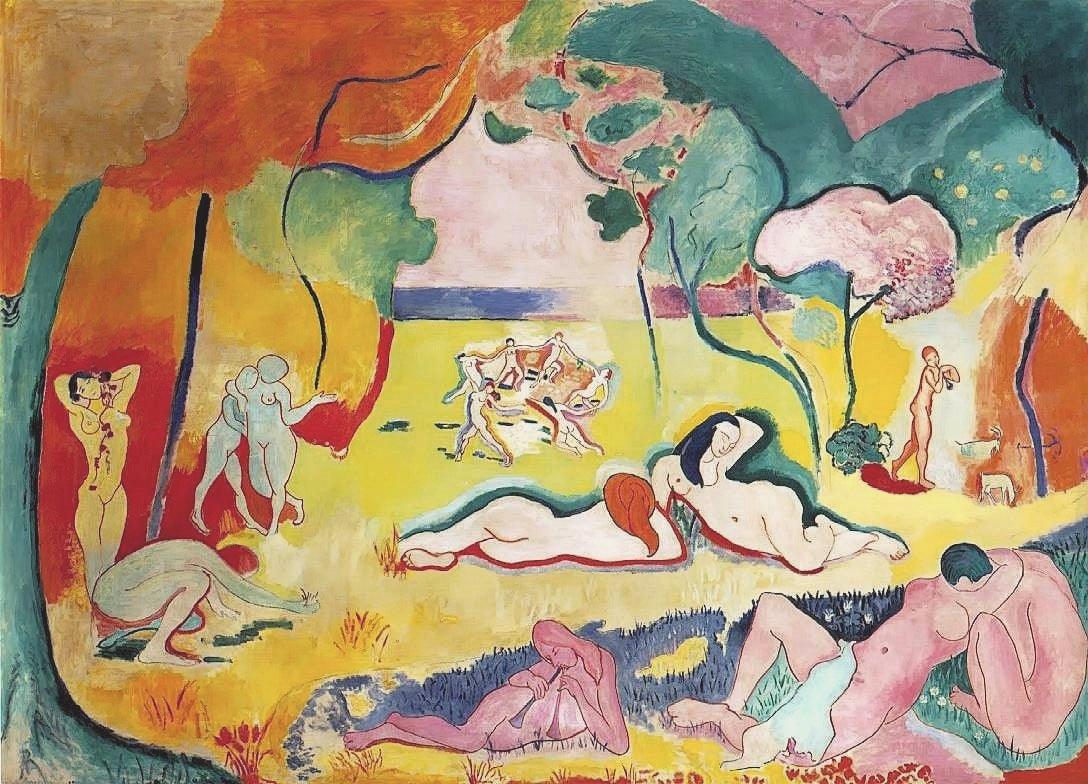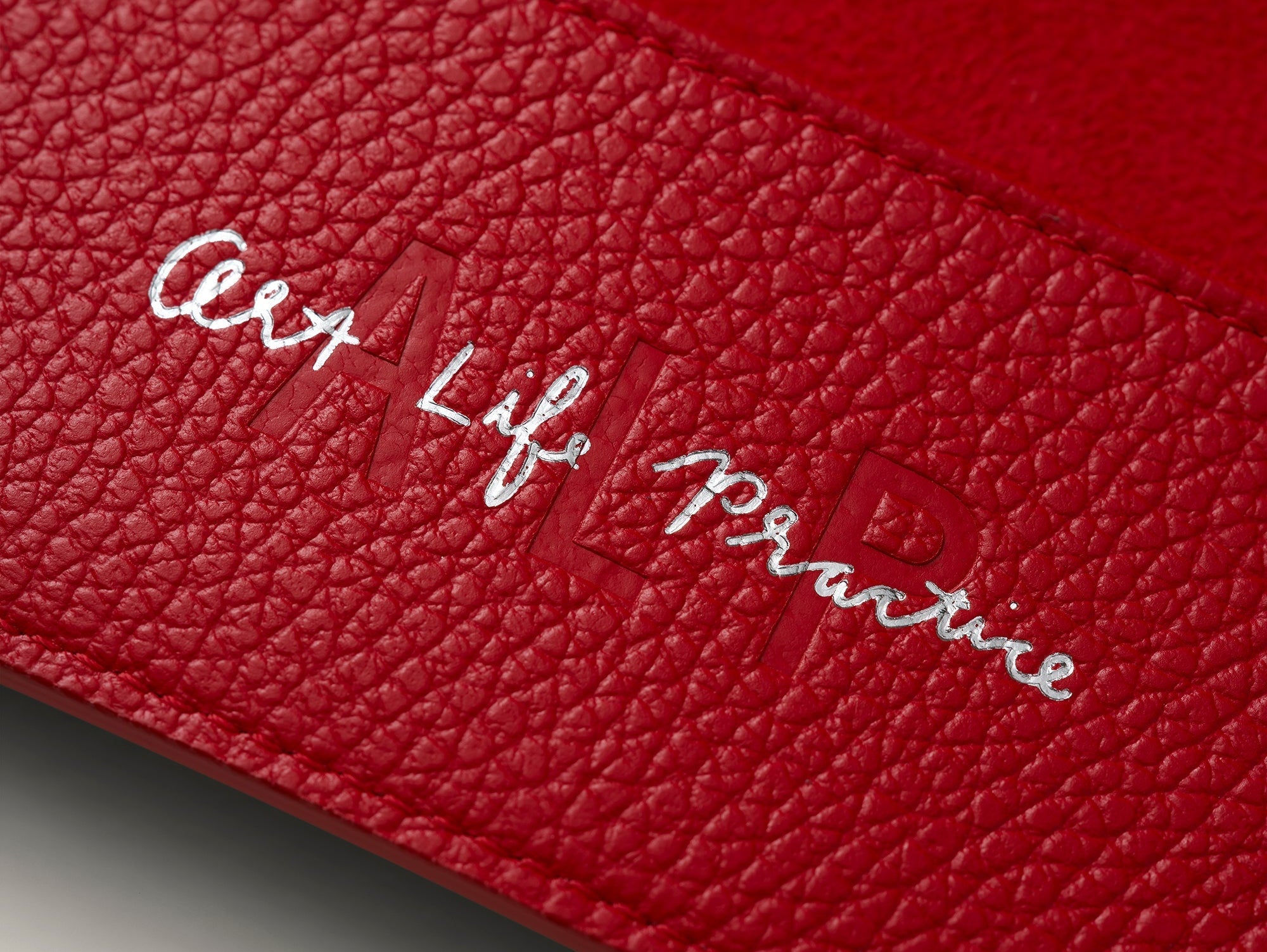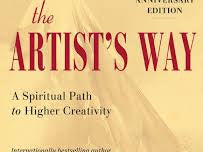The days are getting longer and temperatures are rising. Sweet summertime is here, and we welcome the season of leisurely afternoons, excursions and adventures, swimming in the sea, and endless stone fruit. In honor of Summer, I wanted to share a few moments in art history that express the exuberance, freedom, and joy that this vibrant season brings.
Henri Matisse, Joy of Life, 1906

Starting off with the eternally, abundantly inspiring Henri Matisse, and his Fauvist masterpiece, Joy of Life. This painting is the epitome of Fauvism, an art movement that emerged in the early 20th century that embraced purely expressive, richly bold and bright colors, and vivid brushstrokes.
Set in Arcadia, the mythical location described in ancient texts and poetry as an idyllic place where people live in bliss, close to nature and uncorrupted, the
wildly sensual forms kiss, dance, and play music. To me, the painting exudes that delicious feeling that you can only have in the summer: bathing in leisure and taking pleasure in being with loved ones and communing in nature.
David Hockney, A Bigger Splash, 1967

British artist David Hockney is one of the most iconic artists of the 20th century, and a personal favorite of mine. His painting A Bigger Splash captures the iconic California lifestyle that he fell in love with during his first trip to LA in the early 1960s, and is one of his most famous works.
According to Hockney, he wasn’t so interested in depicting a seductive fantasy per se, but rather he was inclined to capture the split-second moment of the splash itself, frozen on canvas. He portrayed this snapshot moment from a photograph, and later said that he had spent much longer painting the splash than the house behind it – even though a splash lasts two seconds and a building is permanently there. This contradiction fascinated him.
“I loved the idea of painting this thing that lasts for two seconds; it takes me two weeks to paint this event that lasts for two seconds. Everyone knows a splash can’t be frozen in time, so when you see it like that in a painting it’s even more striking than in a photograph.”
Leonard Freed, Fire Hydrant, 1963

Leonard Freed was a mid-century American photographer, most known for his coverage of the Civil Rights Movement. He used his photography as a means for exploring societal upheaval and racial discrimination around the world, traveling everywhere from postwar Germany and Spain after Franco, to Asian immigration in England and the North Sea oil development.
Freed once said, “Ultimately photography is about who you are…It's the seeking of truth in relation to yourself. And seeking truth becomes a habit.”
I absolutely love this image that he captured in 1967 in Harlem, of two children in elation over an exploding fire hydrant. To me, this photograph encompasses summertime in the city, the heat is almost unbearable, and nothing will cool you down quite like the cold water from a fire hydrant. The joy and ebullience captured here is such a perfect summer moment.
Eileen Agar, Fish Circus, 1939

British-Argentine Surrealist artist Eileen Agar is one of my all-time favorites. Her practice was a rich exploration of painting, collage, and sculpture, often incorporating found objects into all three media. As an avid beachcomber, Agar, would collect everything from shells, fishbones and dried up starfish to beach glass and beach ephemera to use as inspiration - and source material - in her work.
This mixed media collage features a variety of papers, as well as a real starfish pinned on with a thumbtack in the center. I find Agar’s work so playful and inventive, as she creates these surreal, dream-like moments in such a poetic way. Beachcombing in Maine is one of my favorite summertime activities, and I hope to make some Agar-inspired mixed media collages later this summer.







